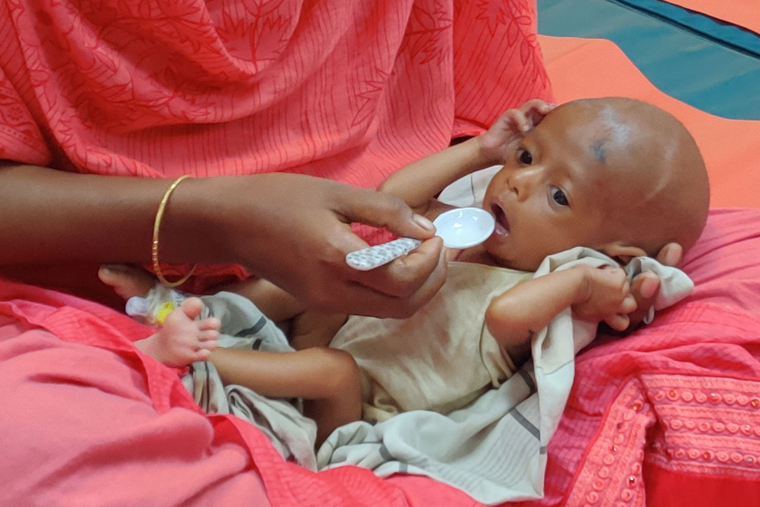生分解性・生体適合性ポリマーは、医療用治療薬から合成樹脂の代替品まで、幅広い可能性を秘めている Biodegradable, biocompatible polymer has far-reaching potential from medical therapeutics to replacing synthetic plastics
2022-04-14 ローレンスバークレー国立研究所(LBNL)
・ACS Central Scienceに掲載された論文によると、このポリマーは「アチョレチン」と呼ばれ、多糖類として知られる糖分子の鎖であることが判明しました。アチョレチンは、昆虫の外骨格の主成分であるキチンと構造が似ており、生分解性と生体適合性があるため、有用なバイオマテリアルとして期待されている。
・この酵素は、JGIチームのメンバーが中心となって、実験室の汚染物質としてよく知られているAcholeplasma laidlawiiというバクテリアのゲノムを調べて発見された。アチョレチン産生酵素の構造は、JBEIのホセ・H・ペレイラ研究員が、先進光源(ALS)のバークレー構造生物学センターでX線結晶構造解析を行い、可視化したものです。
<関連情報>
- https://newscenter.lbl.gov/2022/04/14/bacterial-polymer-enzyme/
- https://pubs.acs.org/doi/full/10.1021/acscentsci.1c01570
合成遺伝子ライブラリーから、ポリ-β-1,3-GlcNAcを分解・集積する未知のグリコシドホスホリラーゼが発見され、β結合型GlcNAc多糖の完成に至った A Synthetic Gene Library Yields a Previously Unknown Glycoside Phosphorylase That Degrades and Assembles Poly-β-1,3-GlcNAc, Completing the Suite of β-Linked GlcNAc Polysaccharides
Jose H. Pereira, Feng Liu, Gregor Tegl, Andy DeGiovanni, Jacob F. Wardman, Samuel Deutsch, Yasuo Yoshikuni, Paul D. Adams, and Stephen G. Withers
ACS Central Science Published:March 16, 2022
DOI:https://doi.org/10.1021/acscentsci.1c01570

Abstract
The considerable utility of glycoside phosphorylases (GPs) has led to substantial efforts over the past two decades to expand the breadth of known GP activities. Driven largely by the increase of available genomic DNA sequence data, the gap between the number of sequences in the carbohydrate active enzyme database (CAZy DB) and its functionally characterized members continues to grow. This wealth of sequence data presented an exciting opportunity to explore the ever-expanding CAZy DB to discover new GPs with never-before-described functionalities. Utilizing an in silico sequence analysis of CAZy family GH94, we discovered and then functionally and structurally characterized the new GP β-1,3-N-acetylglucosaminide phosphorylase. This new GP was sourced from the genome of the cell-wall-less Mollicute bacterium, Acholeplasma laidlawii and was found to synthesize β-1,3-linked N-acetylglucosaminide linkages. The resulting poly-β-1,3-N-acetylglucosamine represents a new, previously undescribed biopolymer that completes the set of possible β-linked GlcNAc homopolysaccharides together with chitin (β-1,4) and PNAG (poly-β-1,6-N-acetylglucosamine). The new biopolymer was denoted acholetin, a combination of the genus Acholeplasma and the polysaccharide chitin, and the new GP was thus denoted acholetin phosphorylase (AchP). Use of the reverse phosphorolysis action of AchP provides an efficient method to enzymatically synthesize acholetin, which is a new biodegradable polymeric material.



